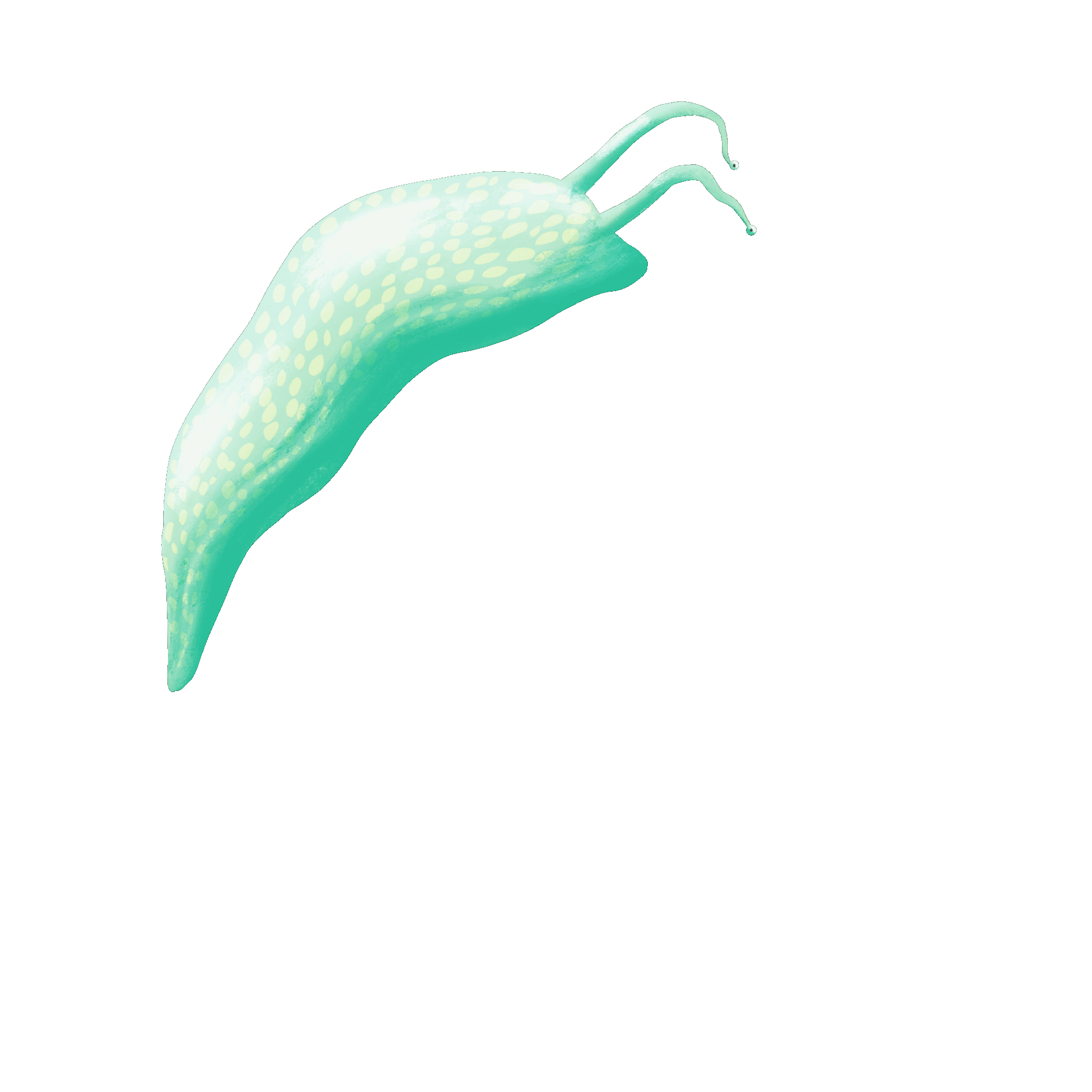Storyboarding
- Eilidh Nicoll

- Apr 20, 2019
- 2 min read
The sound design created a sort of narrative thread through the life of someone with misophonia and as such we wanted the visuals to follow a loose narrative. It was decided that we should use a ‘character’ of sorts to provide this thread throughout the film; this would additionally provide another point of empathy by relating the voices to a human figure. The paper puppet we came up with was fairly stylised and unrealistic looking in the hopes that the experiences being discussed could be just as easily attributed to anyone as the puppet.
The storyboarding was done quickly; it wasn’t hard to come up with the visuals for such descriptive sound. We wanted the images to reflect what was being said without being too obviously illustrative of the content; in places I think it was hard not to do this; but I think the imagery has been tackled in such a way as to be unexpected and interesting – so despite the risk of being too prescriptive or boring, I think we successfully created some engaging looking shots.
A large part of the storyboarding was built around transitioning from shot to shot. I think this was fairly important because of the sometimes-disjointed nature of the audio. The use of textures here came in useful; and we created a lot of shots based around things sweeping across the frame in some capacity to move between images. Below is the rough storyboard alongside a transcription of the corresponding audio:
From here, we began to assemble each element to allow us to shoot; some parts were animated separately like the painted backgrounds and composited with digitally drawn animation – these were done before the shoot so that they could be edited together afterwards.













Comments